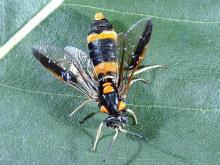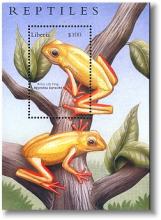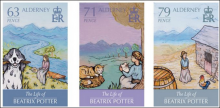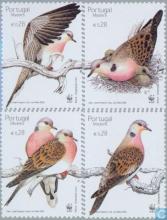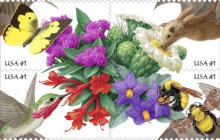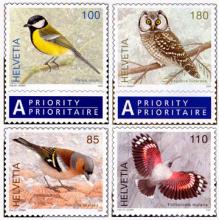Sawfly decline could impact bird numbers
- Lees meer over Sawfly decline could impact bird numbers
- Login om te reageren
The intensification of agriculture could have an impact on threatened populations of farmland birds due to its effect on one of their most important food sources, the sawfly. In the first genetic study of farmland sawflies in the UK, scientists at the James Hutton Institute in Dundee examined the genetic diversity and population structure of sawfly larvae at a number of sites in Scotland in order to gain a better insight into agriculture’s impact on sawfly abundance. Their study provided the first evidence for the presence of diploid males in UK farmland sawfly populations. Diploid males are usually sterile and are typically produced when an unusual form of sex determination, called complementary sex determination, operates in inbreeding populations. Their study suggests that farmland sawflies might be vulnerable to population decline due to low levels of genetic diversity and inbreeding.

